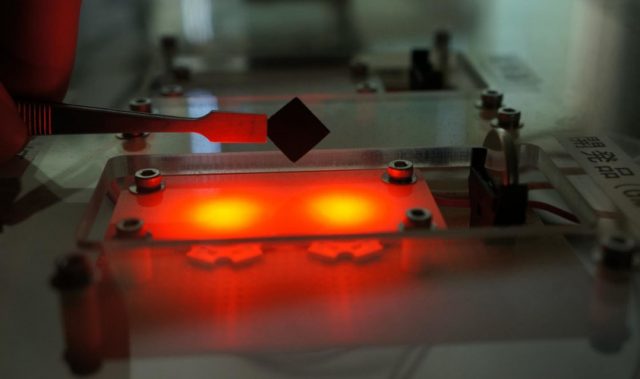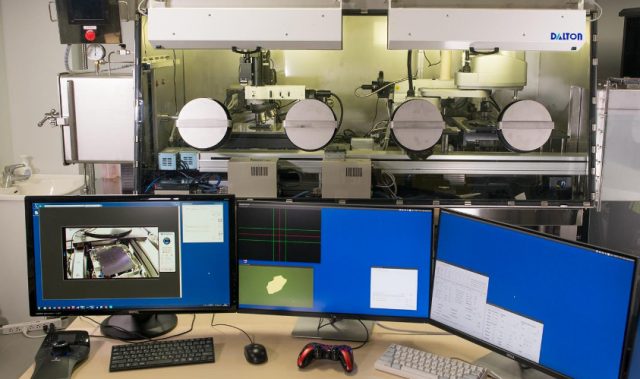
AsianScientist (Feb. 24, 2016) – A collaborative team of Japanese researchers has developed a method to create superconducting graphene by growing a double layer of high-quality graphene on a silicon carbide (SiC) crystal.
From the application point of view, their results pave the way for the further development of ultrahigh-speed superconducting nano devices such as a quantum computer, which will utilize superconducting graphene in its integrated circuit. The article is published in ACS Nano.
Graphene is a single-atomic carbon sheet with a hexagonal honeycomb network. Electrons in graphene take a special electronic state where they behave as if they have no mass. This allows them to flow at very high speed, giving graphene a very high level of electrical conductivity.
This is significant because electrons with no mass flowing with no resistance in graphene could ultimately lead to the development of a high-speed nanoelectronic device.
The team from Tohoku University and the University of Tokyo fabricated bilayer graphene with this method and then inserted calcium (Ca) atoms between the two graphene layers like a sandwich.
They measured electrical conductivity and found that the electrical resistivity rapidly drops at around 4 K (-269°C), indicative of an emergence of superconductivity. Their success in fabricating superconducting graphene is expected to greatly impact both basic and applied research of graphene.
It is currently not clear what phenomenon takes place when the electrons with no mass become superconductive with no resistance. But based on the latest study results, further experimental and theoretical investigations would help to unravel the properties of superconducting graphene.
The superconducting transition temperature observed in this study is still low (4 K). This prompts further studies into ways to increase this temperature; for example, by replacing Ca with other metals and alloys, or changing the number of graphene sheets.
The article can be found at: Ichinokura et al. (2016) Superconducting Calcium-Intercalated Bilayer Graphene.
———
Source: Tohoku University; Photo: Takashi Takahashi.
Disclaimer: This article does not necessarily reflect the views of AsianScientist or its staff.












